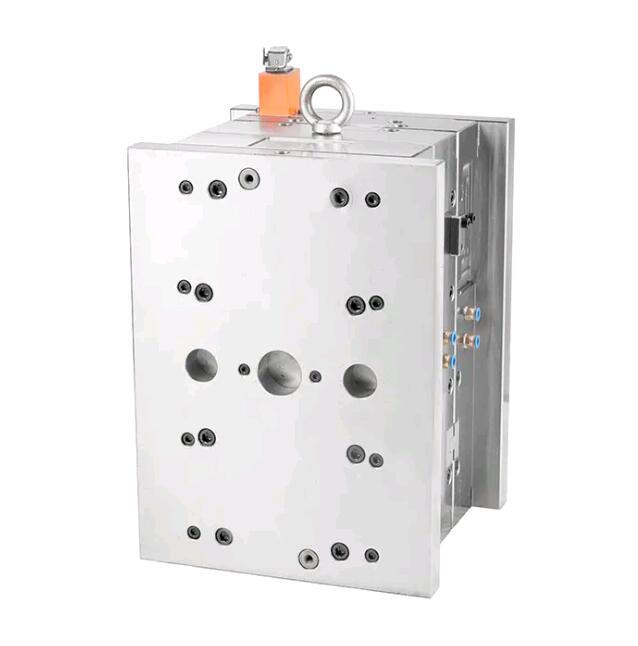Molds can be tailored to meet the specific needs of various automotive applications. Whether a part needs to be lightweight for fuel efficiency, strong for safety purposes, or aesthetically pleasing for the interior design, the mold can be engineered to produce parts with specific characteristics. This flexibility makes it possible to meet the diverse demands of the automotive industry.
The primary function of automotive plastic parts molds is to shape the plastic material into the required component. Molds provide the cavity into which the molten plastic is injected or pressed, and they dictate the shape, size, and surface finish of the final product. The precise design of the mold ensures that parts meet the required dimensions and functional characteristics.
In automotive manufacturing, it is essential that each part produced is consistent in quality and appearance. Molds help achieve this by producing identical parts with each cycle, ensuring that the components can be mass-produced with uniformity. This consistency is particularly important in automotive applications where parts need to fit perfectly and operate reliably within the vehicle.
Molding allows for the efficient use of materials. Automotive plastic parts molds are designed to minimize material waste during production, making them an environmentally friendly option. The precision of the molding process ensures that the plastic is used efficiently, reducing excess and making the most of the material available.
Automotive plastic parts molds allow for the production of parts with complex geometries that would be difficult or impossible to achieve with traditional manufacturing methods. Features such as intricate curves, undercuts, and fine details can be incorporated into the mold design, enabling manufacturers to produce parts that meet the functional and aesthetic requirements of the vehicle.
Molding is a highly efficient process that enables the rapid production of large quantities of parts. This is especially important in the automotive industry, where manufacturers need to produce thousands, or even millions, of parts quickly and reliably. The ability to produce high volumes of parts in a short period helps reduce lead times and meet market demands.

Precision of the whole mold can reach 0.005mm
Discharge machining accuracy tolerance up to 0.003mm
Precision of molding injection products can reach 0.02mm Discharge clear angle up to 0.01mm
Mould life time 2 million times
Mirror discharge finish up to Ra0.2
